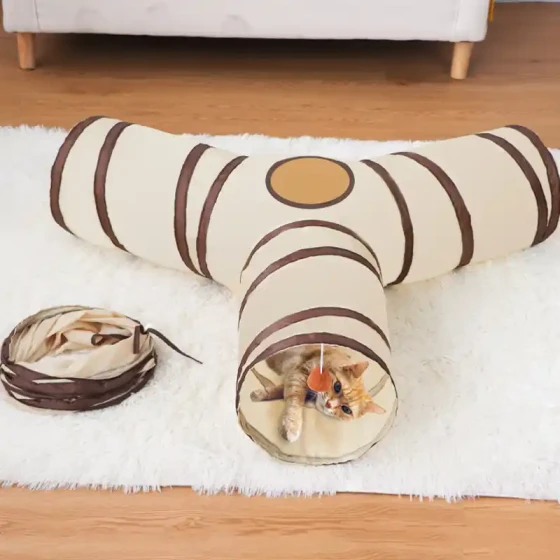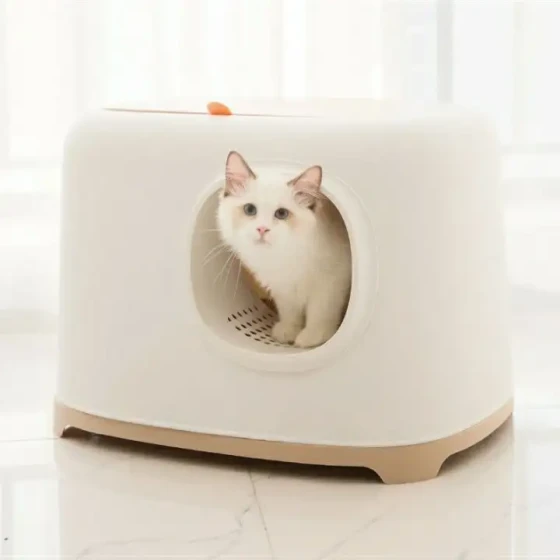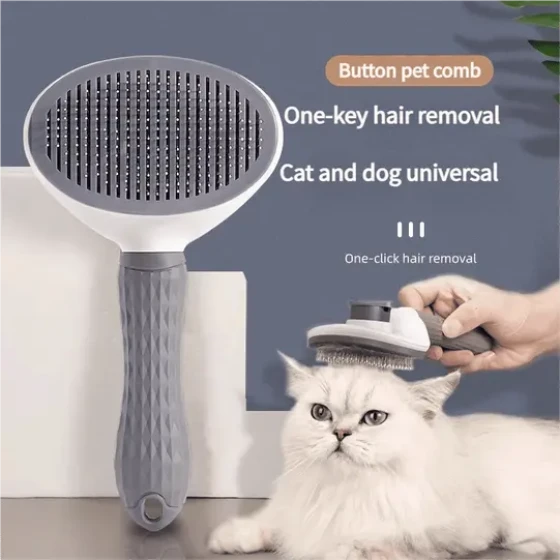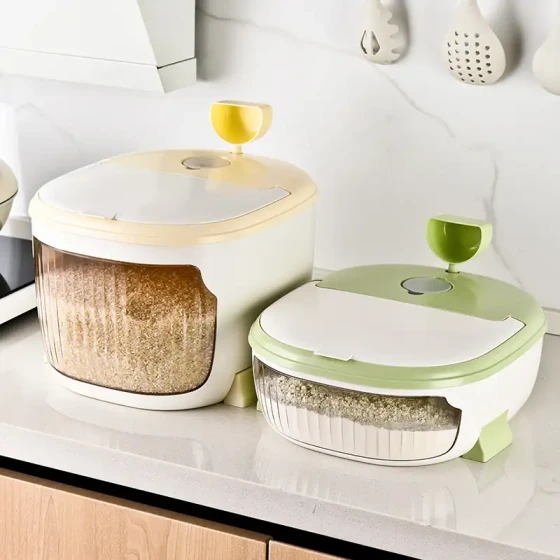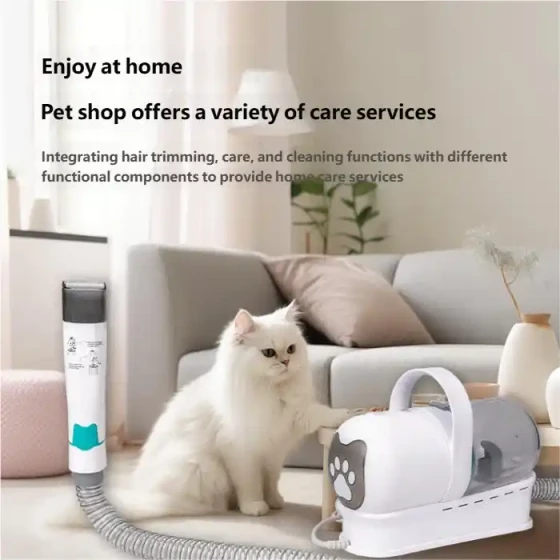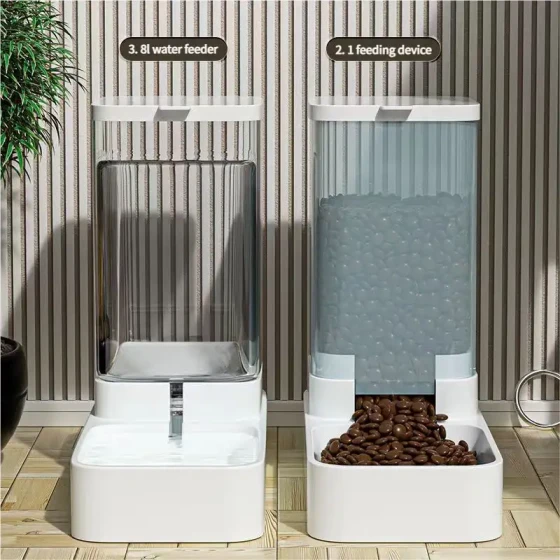How Many Days Can a Pet Cat Go Without Eating_Limits and Health Risks of Cat Fasting You Must Know
If a pet cat does not eat for more than 24 hours, it may face serious health risks, especially for cats that are already overweight or have underlying diseases, the situation becomes more urgent. If they do not eat for more than 48 hours, their life safety will be seriously threatened because they may rapidly develop a fatal liver disease—hepatic lipidosis, commonly known as “fatty liver.” Therefore, when your cat shows loss of appetite or even refuses to eat, you must be vigilant and seek veterinary help promptly.
Cats, as our family's “fur babies,” are famously “food champions”; their love for food sometimes even exceeds their dependence on their “pooper scooper.” However, if your cat suddenly loses interest in the cat food or canned food they usually drool over, or refuses to eat for several days in a row, this is not a trivial matter. It could be a dangerous signal indicating a potential health crisis. Understanding the fasting limits of cats and the associated health risks is essential for every responsible cat owner.
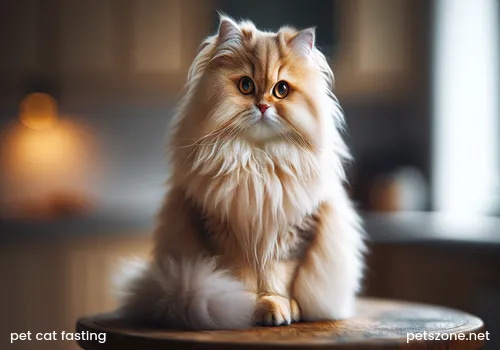
Cat Fasting "Warning Lines": 24 Hours and 48 Hours
The physiological characteristics of cats determine that they cannot go for long periods without eating. Unlike humans, cats’ livers have a unique mechanism in energy metabolism, which makes their tolerance to hunger much lower than ours.
- 24 hours: The start of the alarm
If your cat has not eaten within 24 hours, this is already a signal that requires great attention. Although some cats may temporarily refuse food due to picky eating, environment changes, or a bad mood, prolonged hunger will put a burden on their bodies. Especially for kittens, senior cats, or cats with chronic diseases such as diabetes or kidney disease, going 24 hours without eating can trigger more serious health problems. At this time, you need to carefully observe your cat’s mental state, water intake, and whether there are abnormalities in their excretion. - 48 hours: Imminent danger
Once a cat has not eaten for more than 48 hours, the situation becomes extremely critical. At this point, their risk of developing "hepatic lipidosis" (Hepatic Lipidosis), commonly called "cat fatty liver," rises sharply. This disease progresses rapidly and can be life-threatening without timely intervention. The treatment process for cat fatty liver is complex and costly, potentially costing several thousand or even tens of thousands of RMB, and even with treatment, the prognosis is unpredictable.
Deadly "Fatty Liver": The Number One Killer During Cat Fasting
Cat hepatic lipidosis is one of the most severe and common consequences when cats fast for a long time. Understanding its pathogenesis can help us better understand why cats cannot endure long periods of starvation.
When a cat does not eat for a long time, the body mistakenly believes it is experiencing famine. To obtain energy, the liver begins to break down stored fat in large quantities. However, the cat’s liver is not efficient at processing these fats. A large number of fat cells flood into the liver and accumulate, leading to impaired liver cell function and even necrosis. It’s like a factory that normally produces small batch orders suddenly receiving massive orders that the production line cannot handle, eventually leading to paralysis. The liver is an important metabolic organ; once damaged, it affects the cat’s overall health, causing a series of severe symptoms such as lethargy, vomiting, jaundice (yellowing of skin, eyes, gums), drooling, etc.
It is worth noting that overweight cats are more prone to hepatic lipidosis because they have more stored fat in their bodies, which when decomposed, puts more burden on the liver. This is like how an overweight person is more prone to nutritional imbalances and health problems when fasting or dieting.
What Other Health Risks Besides Fatty Liver?
Long-term fasting not only may cause fatal fatty liver but also causes multiple other damages to a cat’s body:
- Dehydration: Food contains water too, and cats not eating often reduce drinking water intake, accelerating dehydration. Dehydration further increases the burden on the liver and kidneys and may even cause acute kidney injury.
- Malnutrition: Without essential proteins, vitamins, and minerals, muscle atrophy and reduced immunity occur, making cats more prone to infections and other diseases.
- Electrolyte imbalance: Normal physiological functions require stable electrolyte balance; hunger disrupts this balance, causing heart, neurological, and other systemic problems.
- Gut microbiota imbalance: Prolonged lack of food intake reduces beneficial gut bacteria and increases harmful bacteria, impacting intestinal health and possibly damaging the intestinal barrier.
Common Causes of Cat Not Eating
There are many reasons why a cat may not eat, requiring careful observation and judgment by the owner. Common triggers include:
- Disease Factors:
- Oral problems: Tartar, gingivitis, loose or broken teeth, oral ulcers, etc., cause pain during eating.
- Digestive system diseases: Gastroenteritis, pancreatitis, constipation, intestinal parasites, etc.
- Kidney or liver disease: These chronic diseases affect appetite, causing nausea and vomiting.
- Infections: Cold, fever, feline distemper, feline infectious peritonitis, and other viral or bacterial infections.
- Pain: Arthritis, trauma, or any disease causing body pain.
- Stress response: Vaccination, post-surgery recovery, etc.
- Psychological or Environmental Factors:
- Stress: New family members (people or pets), moving, environmental changes, noise, owner absence, etc. may cause anxiety and stress affecting appetite.
- Picky eating or food aversion: Cats may suddenly lose interest in certain foods or develop aversion to spoiled or stale food. Some cats have specific preferences for food shape, texture, or even bowl material.
- Dirty food or water bowls: Cats are clean animals; if their feeding or water bowls are unclean, they may refuse to eat or drink.
- Improper food placement: If the food bowl is placed near the litter box or in a noisy place, cats may avoid approaching it.
What Should Owners Do if Their Cat Won't Eat?
When you find your cat not eating, the first response should not be panic but rather calm observation, preliminary assessment, and timely professional help.
- Patiently observe and record:
- Note the cat’s last feeding time, food amount, and type.
- Observe the cat’s mental state: Is it still lively? Is it lethargic? Is it hiding?
- Watch for accompanying symptoms: vomiting, diarrhea, coughing, sneezing, drooling, abnormal urination, etc.
- Check the cat’s mouth for redness, ulcers, bad odor, etc.
- Check if food bowls and water bowls are clean and food is fresh.
- Try to induce eating:
- Change food: Try offering the cat’s favorite wet food, treats, freeze-dried food, or small amounts of cooked chicken breast or fish meat (boneless and deboned).
- Warm the food: Warm food emits stronger aroma, stimulating the cat’s appetite.
- Hand-feed: Some cats prefer being hand-fed when uncomfortable.
- Clean food bowls: Ensure food and water bowls are clean and odorless.
- Offer various choices: If picky, try different brands and flavors.
- When to seek immediate veterinary care?
If the cat has not eaten for more than 24 hours or if any of the following occurs, please take the cat to a veterinarian immediately instead of observing or waiting at home:- Presence of vomiting, diarrhea, lethargy, sleepiness, fever or other noticeable symptoms.
- Kittens or senior cats not eating for over 12 hours.
- Cats with known pre-existing conditions such as diabetes, kidney disease, or heart disease.
- Yellowing symptoms (skin or eyes turning yellow).
- Refusal to drink water or significantly decreased urination.
Veterinarians will diagnose the true cause of the cat’s anorexia through detailed consultation, clinical exams (palpation, auscultation), blood tests, imaging exams (X-rays, ultrasound), etc., and provide targeted treatment plans. Remember, early detection, diagnosis, and treatment are key to ensuring your cat’s health.
Frequently Asked Questions
Q1: How many days can a cat go without drinking water?
A1: Cats have a very high demand for water; not drinking is more dangerous than not eating. Generally, cats that do not drink water for more than 2-3 days will have severe dehydration and kidney problems, even risking death. If a cat does not drink water for over 24 hours, it should be taken to a vet immediately.
Q2: Is a one-day fast for cats suitable for “weight loss” or “cleansing”?
A2: It is not recommended to fast or cleanse cats. Cats’ physiological traits mean they cannot go for long periods without food, and even healthy cats can develop hepatic lipidosis from prolonged hunger. If weight control or digestive issues are involved, dietary adjustments should be supervised scientifically by a vet rather than fasting.
Q3: What are the early symptoms of cat fatty liver?
A3: Early symptoms of cat fatty liver may be subtle. Usually, these include loss of appetite or anorexia, depression, weight loss, lethargy, vomiting. As the condition progresses, jaundice (yellowing of skin, whites of eyes, ears), drooling, abdominal pain, and unstable gait may appear.
Q4: After a cat refuses to eat, can force feeding be done?
A4: Without veterinary guidance, force feeding is not recommended. Forced feeding can cause aspiration pneumonia or increase stress. If the cat needs nutritional support, the vet may suggest safer feeding methods such as nasal or esophageal feeding tubes according to the situation.
Summary
A cat’s health requires our careful care. When your cat shows loss of appetite or refuses to eat, do not take it lightly. Remember, “24 hours” is your warning line to increase vigilance, and “48 hours” is the critical limit requiring immediate veterinary care. Understanding the severe consequences of cat fasting, especially fatal hepatic lipidosis, helps you better prevent and respond. When abnormalities are found, observe patiently, try to induce eating, and do not hesitate to seek professional veterinary help if necessary; this is the most responsible behavior for your “fur baby.” After all, the cat’s health is our greatest wish.
